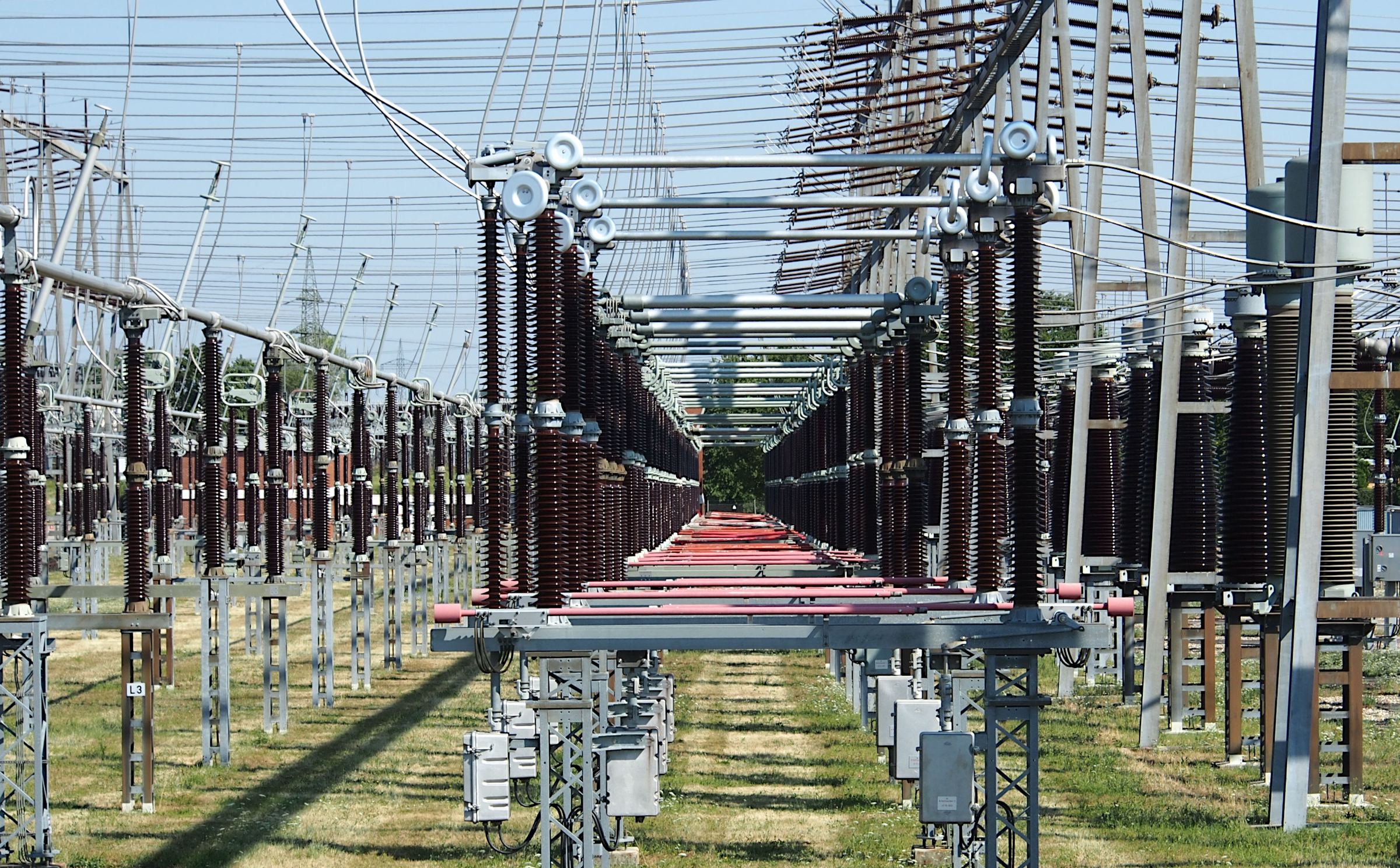ANALYZE THE IMPACT OF ARTIFICIAL INTELLIGENCE, NETWORK ARCHITECTURE, AND HUMAN ERROR ON CYBERSECURITY THREAT DETECTION
Keywords:
Artificial Intelligence, Cyber-security, Threat Detection, Network Architecture, Human Error, Machine Learning, Zero Trust, ANOVAAbstract
Sometimes, conventional threat detection systems are inadequate given the growing complexity and frequency of cyber-attacks. One strong approach to improve threat detection skills has emerged from the incorporation of Artificial Intelligence (AI). Network design and the continuing part of human error in cyber security breaches, however, affect the efficacy of artificial intelligence.This study seeks to investigate how human elements, various network architectures, and artificial intelligence-based systems collectively affect the efficacy and precision of cyber security threat detection. A cross sections study design was carried out, using simulated corporate network environments across three architectures: flat, segmented, and zero trust. AI algorithms including machine learning-based anomaly detection and behavior analysis tools were used throughout these settings, With real-time logging of security incidents and response accuracy, data were gathered six months. Human error data were collected using structured incident reporting forms from 100 cyber security professionals aged 25–55 years. Stratified random sampling was used to ensure representativeness across organizational types. Statistical analysis using logistic regression and ANOVA evaluated the individual and cumulative influences of human error, network architecture, and AI performance on threat detection rates. In zero trust topologies, AI-enhanced systems achieved an average detection accuracy of 94.6%; in segmented networks, 88.3%; and in flat networks, 72.5%.Statistical analysis verified that both network architecture and human error significantly affected AI performance (p < 0.01). Although AI greatly enhances cyber security threat detection, its efficiency depends much on strong network infrastructure and diminished human error. Forty-one percent of missed or delayed threat responses were attributed to human mistake, mostly resulting from alert misinterpretation or delayed escalating. To attain resilient cyber security, organizations need to use whole security approaches combining best network design, advanced artificial intelligence tools, and extensive human training.
















